This week’s issue was inspired by a recent experience I had developing some old film. It’s something I hadn’t done in about 20 years, and I thought the practice was dead. But it turns out I was wrong.
Today, we’re winding back the clock to when high-res cameras didn’t live inside everyone’s pockets. A time before do-overs, photoshop, and blemish removal. A time where you literally didn’t know how pictures turned out until weeks after you took them. And if you screwed up a photo, too bad, that’s what you got.
Let’s dive into vintage film photography and see if this resurgence is real. 👇
Table of Contents
Hipsters down under
The idea for this piece came to me a few weeks ago :
Here’s the story, I recently found an old roll of film, and went to get it developed. I figured maybe 1 or 2 places in Melbourne still do it.
To my surprise, there were 20+ places nearby. And this wasn’t a Google “assumption error” — it looked like all these places actively developed film.
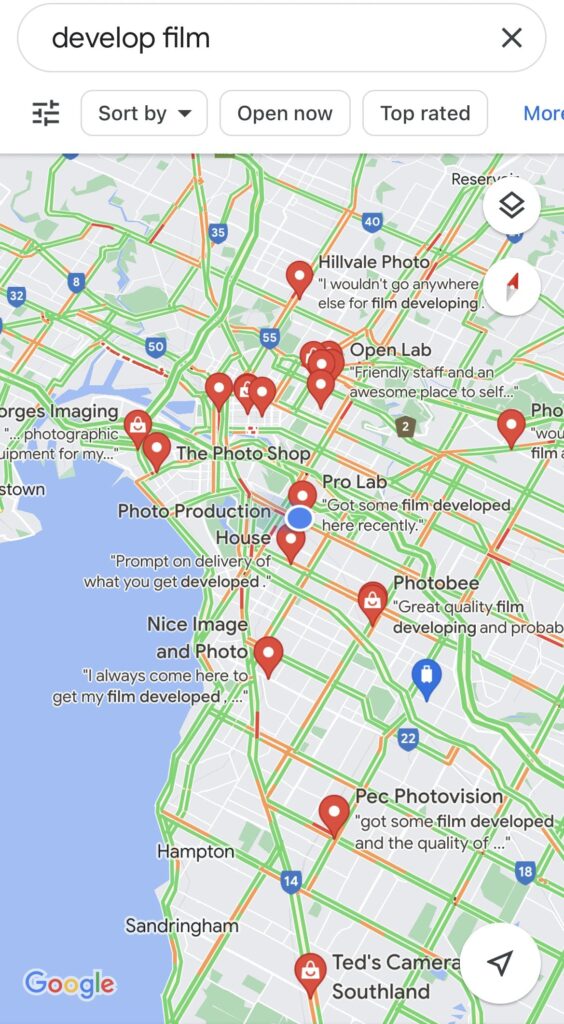
So I walked into the nearest shop thinking I’d be the only one in line. (Who else spends a Friday afternoon developing film?)
To my surprise, I was fourth in line. The first guy had a roll in his hand, the second girl had a disposable camera, and the third had another physical film roll.
When it was my turn, I told the clerk, “This film is 15 years old. Is it gonna be okay?”
My request was met with a huge grin.
“Yep, sure mate. We’ll have it done within the day. Where should we email the photos?”
(Email the photos… Of course! Why wouldn’t you email the photos.)
The whole experience blew my mind. I’m a photographer, and I’m usually on top of trends — especially trends that involve nostalgia. Was vintage photography making a comeback? How did I miss this?!
This encounter got me thinking: is Melbourne just a hipster epicenter of an old-timey camera resurgence? Or are we in the midst of something bigger?
Kodak and the analog crash
Film cameras had a rough period through the naughties. Sales tanked, prices cratered into oblivion, and the analog crash caused industry-wide chaos.
No company embodies the rise & fall of traditional photography more than Kodak. Kodak was once the biggest name in film photography. They pioneered the technology and dominated the market. At its peak, Kodak held 90% of US film camera sales, a share of $KODK stock cost $100, and “Kodak Moment” was a household term.
By the turn of the century, things took a dark turn. The company reported nine straight quarterly losses, laid off 90% of its staff and watched as its share price tumbled to under a dollar. They filed for bankruptcy in 2012.
There were two reasons for the demise. One was increased competition from Fujifilm, (which has fared far better than Kodak), and the other was, you guessed it, digital cameras.
But what’s crazy about this story is that Kodak invented the digital camera!
That’s right — in 1975, a Kodak employee named Steven Sasson developed the world’s first handheld digital camera. And another employee, Larry Matteson, wrote a report predicting that a complete shift to digital photography would occur by 2010.
But Kodak executives infamously shelved the technology. They saw it as a threat to the company’s lucrative film business, and refused to further invest in digital. (The same thing may end up happening with Google and AI.)

The vintage photography market today
Kodak was ahead of its time, but it would have needed to pivot anyways once the iPhone was released.
Smartphones instantly clobbered DSLRs, and for 15 years, sales of digital cameras have been putrid.
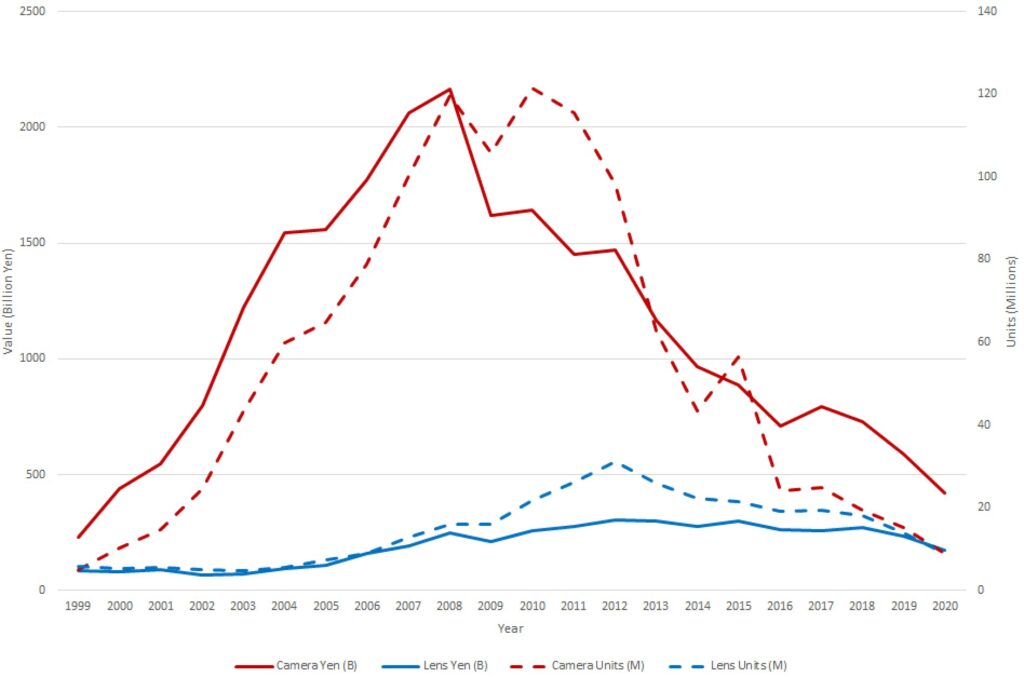
Fast-forward to 2023, and we’re now two technological waves ahead. Digital cameras killed analog, and smartphones killed digital. End of story, right?
Well, not necessarily. Don’t assume that 48-megapixel iPhones are analog cameras’ final nail in the coffin.
In fact, the opposite seems to be occurring. Digital cameras are dead, yes. But the omnipresence of smartphone cameras is giving the antique alternatives a new lease on life.
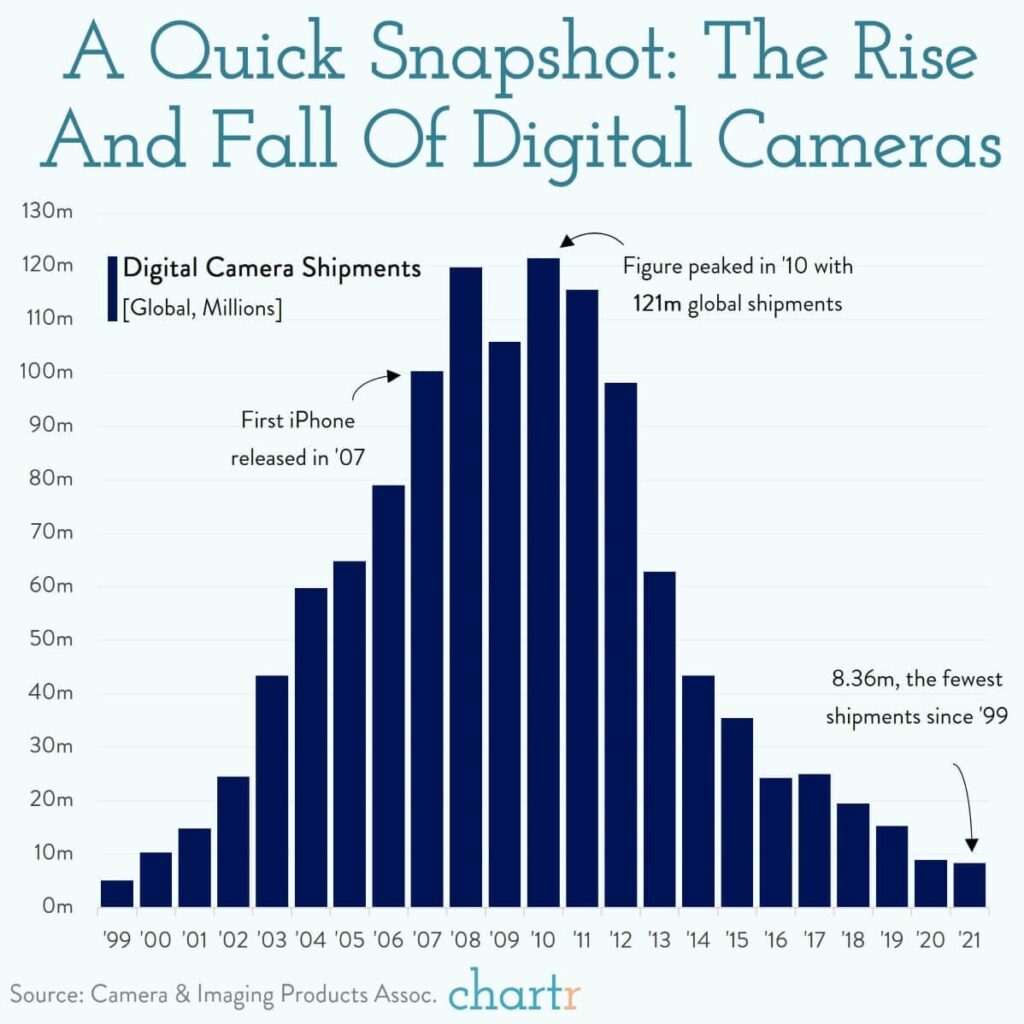
As it turns out, the rumors of vintage film’s demise are greatly exaggerated.
In recent years, there has been a growing interest in vintage film cameras and film photography. The aesthetic appeal of these cameras, coupled with the rise of film simulation filters (i.e., Instagram) has reignited interest in analog photography.

The vintage camera market is growing once again. It’s a $90 million market (roughly what forgotten note-taking app Evernote makes annually) and is expected to grow by 4% per year over the next decade.
Let’s be clear: These numbers are small. This market isn’t exactly taking the world by storm. But the industry’s undignified demise, which looked inevitable 15 years ago, seems to have reversed.
On the demand side, Google Search trends yield some interesting results.
While “vintage photography” is at all-time lows, “vintage camera” and “vintage film” are both up & hovering around all-time highs:

Search terms for “develop film” are up 56% in Australia, and up 1% globally. (Clearly, Australia is a world leader in hipsters)

Also, “disposable camera” saw a huge jump during the depths of covid, which has subsided a bit.
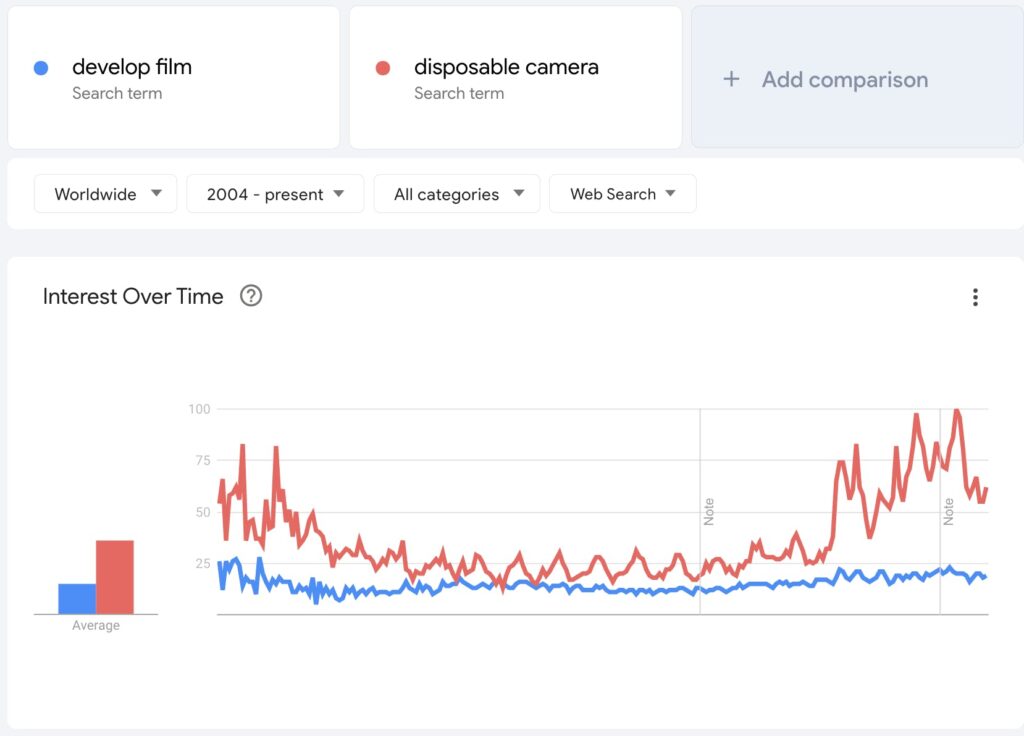
There’s plenty more that shows the industry is alive and kicking:
- Kodak filed for bankruptcy in 2012 but re-formed as Kodak Alaris. Sales in 2019 were already up 2x compared to 2014.
- For top SLR film cameras, prices are up 80%.
- Kodak is now the “last color film manufacturer standing.” The company is even on a hiring spree to meet the demands of the resurgent 35mm film market!
- Fujifilm sells 4 million more instant film cameras each year than it did a decade ago. Their analog revenue is now 15% of total revenue (up from 10% a decade ago.)
- The average price of a roll of film hit its all-time low in 2005 ($5.02), but since 2019 it has been as expensive as it was at its mid-90s peak ($7.68).
- Film manufacturers Ilford and Harman reported growth was up 5% from 2018-22 vs 2010-14.
This revival isn’t limited to the “still photography” market. Hollywood directors such as Quentin Tarantino, Christopher Nolan, and Steven Spielberg have all used film cameras in recent years, bringing an authenticity and warmth to their movies that couldn’t be achieved with digital technology.
What’s the appeal of vintage cameras?
(For full effect, read this in Jerry Seinfeld’s voice)
So what’s the deal with film cameras?
Deliberation and skill
There’s something special about holding a vintage camera in your hands, feeling the weight of the metal, and hearing the mechanics as you wind the film. For many, this is a connection to a bygone era of photography, where photographing was a deliberate and artful process.
I think deliberate is the key word here. Nowadays we all tap & snap without thinking twice. Take fifty shots, delete 45 of them, whatever. Do they all suck? No problem — take fifty more until you get the perfect shot! It’s all free. Who cares!
But classic film is costly. There’s less room for error, so each photo matters more. You’re careful with your composition. You think about the light and lens.
And you can’t photoshop your way out of being a shitty shutterbug. Sure, there are post-processing techniques. Just ask Ansel Adams, who used a microwave and cardboard to create his masterpieces.
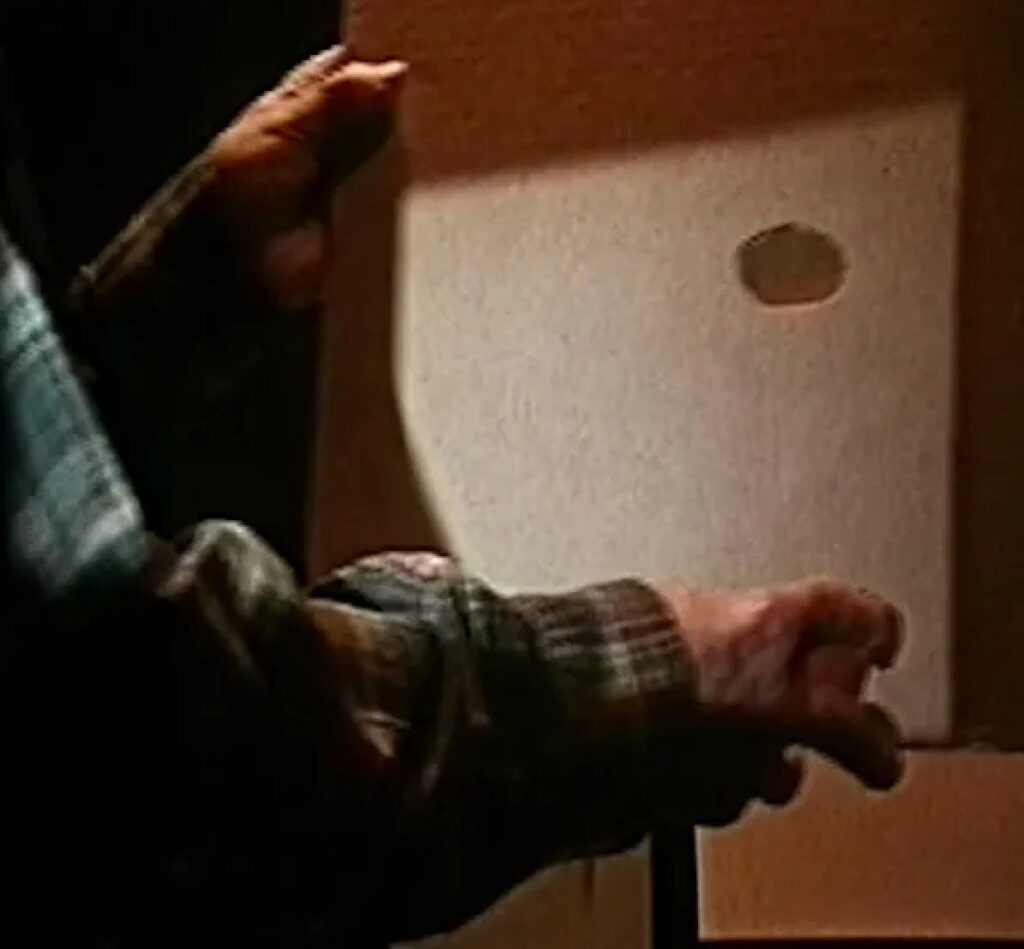
The depth of knowledge required is substantial. Not only will each film camera have a different personality, but also each type of film roll. It’s more impressive to take a good photo with a vintage camera than with anything else.
Authenticity
There are no retakes, no edits, and limited adjustments in this world.
You have to do your best to capture the moment. After you press the shutter, you’re stuck with whatever you get, for better or worse.
But that can be a good thing! The anticipation of waiting for your photos is huge, and when half of them come back imperfect, well, that’s okay. Life isn’t perfect!
Authenticity is a big theme right now. Just look at the success of BeReal — the social app where you have to take and post a photo at a specific time. No fake BS, no do-overs allowed.
People are crying out for candidity*, and film cameras provide exactly that.
Digital photos tell the story we want to tell the world. But film photos tell the truth.
*Yes this is a real word, but it’s a bad one. I’ll never use it again.
Image characteristics
Vintage cameras also offer a unique aesthetic that can’t be replicated with modern digital cameras. The softness of film grain, the muted colors, and the imperfections in the images all add to the charm of vintage photography.
Now, digital files are objectively higher quality than their analog counterparts. That was their entire selling point in the 2000s — perfect images with perfect color saturation, no noise, and no lens flares.
But everything became impossibly perfect! We’ve created a world where every image seems to have HDR contrast, simultaneously bright highlights and dark shadows, and saturation turned to 11.
Some folks want to take a step back and embrace the natural warmth, contrast, and grain of vintage cameras.
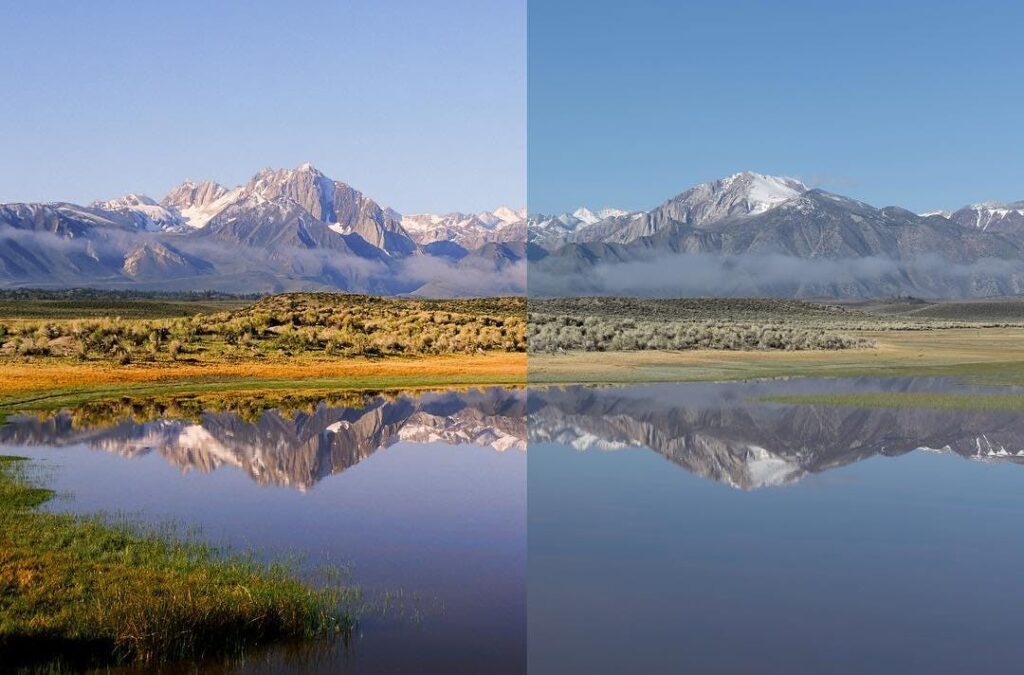
Looking to sell your old camera? Well, unfortunately I have bad news. Unless it was a primo model, that old film camera in your attic is probably close to worthless.
There are millions of second-hand film cameras in the market, and demand isn’t anywhere close to supply,
It’s a buyer’s market. Despite the resurgence, a high-quality film camera is still usually thousands of dollars cheaper than a high-quality digital camera. You can find high-quality stuff for well under a hundred bucks.

Value is everywhere. The Ilford Sprite 35, a remake of the 1962 model, was re-released in 2021 with a retail price of just $35.

What are the most expensive film cameras?
Yashica Mat 124G
This Japanese monster from 1957 is known as a TLR — which means it comes with two lenses. It’s a premium camera that still takes quality pictures today.
These cameras pop up regularly on eBay for $600+.
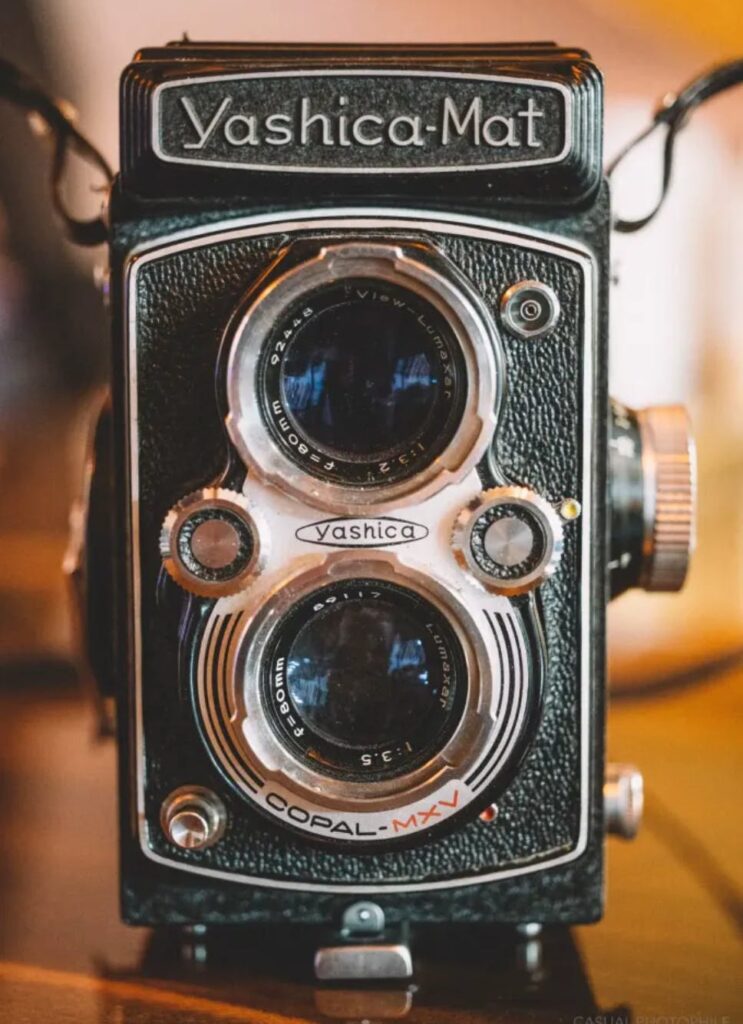
Doryu 2-16
Sticking with odd-looking Japanese cameras, the Doryu 2-16 takes the cake.
This thing was used by Japanese policemen in the 1950s to capture images during protests! (But it was only big enough to capture 10mm x 10mm photos, so they would have been dreadful).

The most recent Doryu sold at auction in 2019 for $12,204. They occasionally pop up on eBay for about twice that.
Leica 0-Series Model 105
The Leica 0-Series is one of the rarest cameras in the world.
Less than twelve of these 1923 prototypes are currently accounted for, and just three are in working condition. In 2022, one of the three sold at auction for $15 million.

Closing thoughts
So, is vintage photography actually making a comeback? It certainly seems that way.
The allure of retro photography is real. It’s authentic and pure and nostalgic and raw. Even if I’m not into it personally (at least not yet) I get why it’s making a bit of a comeback.
It’s easy to compare the film cameras’ resurgence to that of vinyl records. But what’s happening with cameras is on a much smaller scale.
To be clear, digital technology will always reign supreme, as it should. Personally, I love the fact that digital cameras allow you to make unlimited mistakes. I love Photoshop. I love drone photography and dramatic edits and my Instagram. I love the fact that we are all photographers now.
The natural warmth and authenticity are nice. But unlike vinyl (which arguably sounds better than streaming) film cameras don’t offer enough of a technical advantage to ever make a resounding comeback.
Vinyl won’t disrupt streaming, and vintage cameras won’t disrupt smartphones. But vintage cameras will continue to steal market share from digital cameras, just like vinyl has overtaken CDs.
In a nutshell, I think vintage cameras have narrowly avoided a brush with death, and will continue to trudge on as a niche hobby.
So, I would not rush to buy full-priced vintage cameras as an investment. Remember, many of these cameras that have “ballooned in price” are still cheaper than they were upon release decades ago.
Instead, if you’re interested in this market, bargains exist everywhere. It’s a buyer’s market. Pick up something nice and enjoy the art of photography in its purest, most original form.
Best of all, you’ll get to enjoy the sweet anticipation when you send your photos off to be developed. Nothing beats the feeling of surprise when you finally get those photos back, and go through them one by one.
It’s absolutely glorious 📸

Further reading
- A Tale of Two Film Companies: Why Kodak Died and Fujifilm Thrived
- Kodak has experience manufacturing film chemicals, and during the pandemic they got a $765 million loan to manufacture pharmaceuticals instead.
- Kodak, CineStill and ORWO have reintroduced vintage cameras that were discontinued over a decade ago.
- This unlucky mother on Reddit found a random film roll in a drawer, only to discover it was a homemade porno shot by her teenage son. Eek.
- Wondering about that picture of the Sierra Nevadas above? The image on the left was from a film camera, the image on the right was digital.
Disclosures
- We hold no vintage cameras in our ALTS 1 Fund.
- This issue contains an affiliate link to Chartr.













